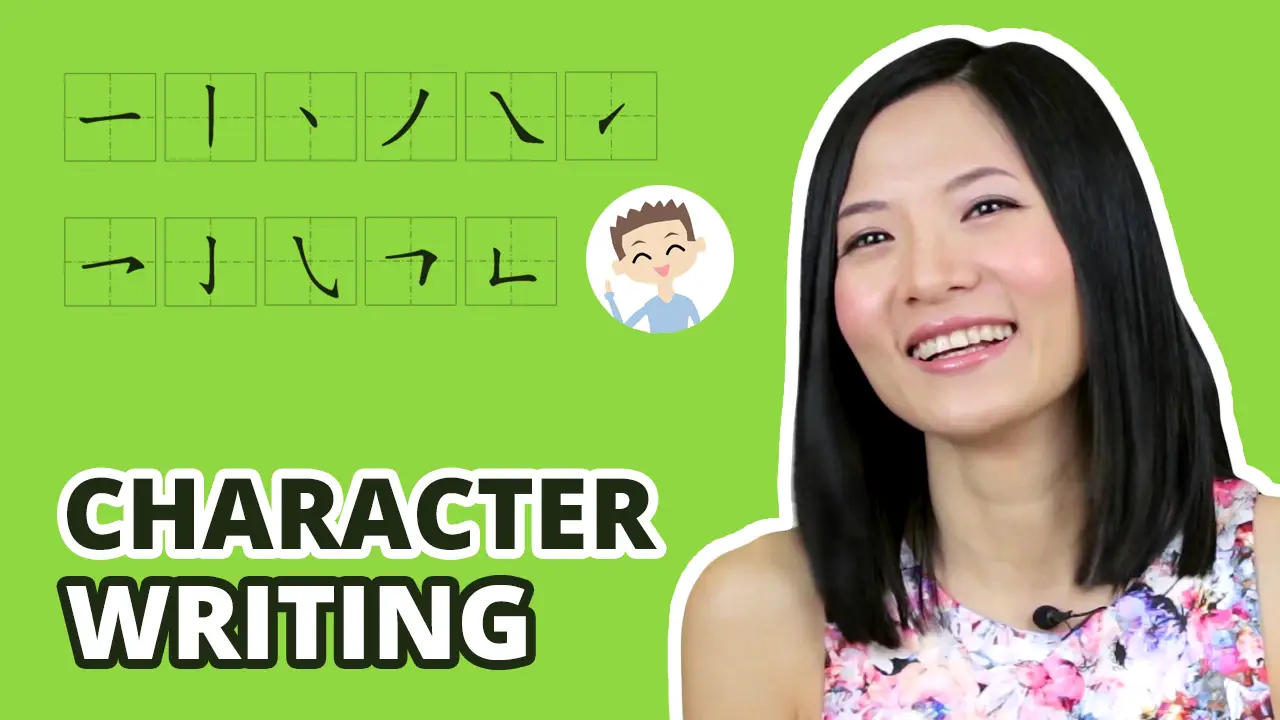Character Lesson 11 – Components of Chinese Characters
Character Construction: Components
In this Chinese character lesson we will talk about Character Construction, which is how different parts, or Components are constructed to build characters.
LESSON INFO
KEYWORDS
- Components of Chinese Characters
- Character Components and Non-Character Components
- Simple Characters and Compound Characters
QUESTIONS
- What is a Component?
- How many types of Components are there?
- What is a Simple Character and what is a Compound Character?
LESSON NOTES
Components of Chinese Characters
A lot of Chinese Characters can be divided in to different parts. These parts are called Components 部件 (Bùjiàn).
Components are the most basic constructional units of Chinese characters, because if we want to break a Component into smaller parts, we only get single strokes.
While Strokes are the basic constructional units of Components, Components are the basic constructional units of characters.
Character Components and Non-Character Components
There are two kinds of Components, depending on whether the Component itself is an independent Character.
Character Components
the ones that can be used as independent characters are called Character Components 成字部件 (Chéngzì Bùjiàn), literally means “complete character component”.
Non-Character Components
The ones that are not independent characters, are called Non-Character Components 不成字部件 (Bùchéngzì Bùjiàn), literally “incomplete character component”.
Simple Characters and Compound Characters
There are also two types of Chinese Characters, depending on whether the character can be divided into smaller Components.
Compound Characters
Chinese Characters that can be divided into smaller Components are called Compound Characters 合体字 (Hétǐzì).
Simple Characters
And second, the ones that cannot be divided into smaller parts, they are called Simple Characters 独体字 (Dútǐzì).
2 Comments
Leave a Reply
You must be logged in to post a comment.

Why doesn’t 下 have 一 and 卜 as components? Or 木 have 十 and 八?
Well as it’s mentioned in the previous lessons, they are combined by strokes, but not characters.